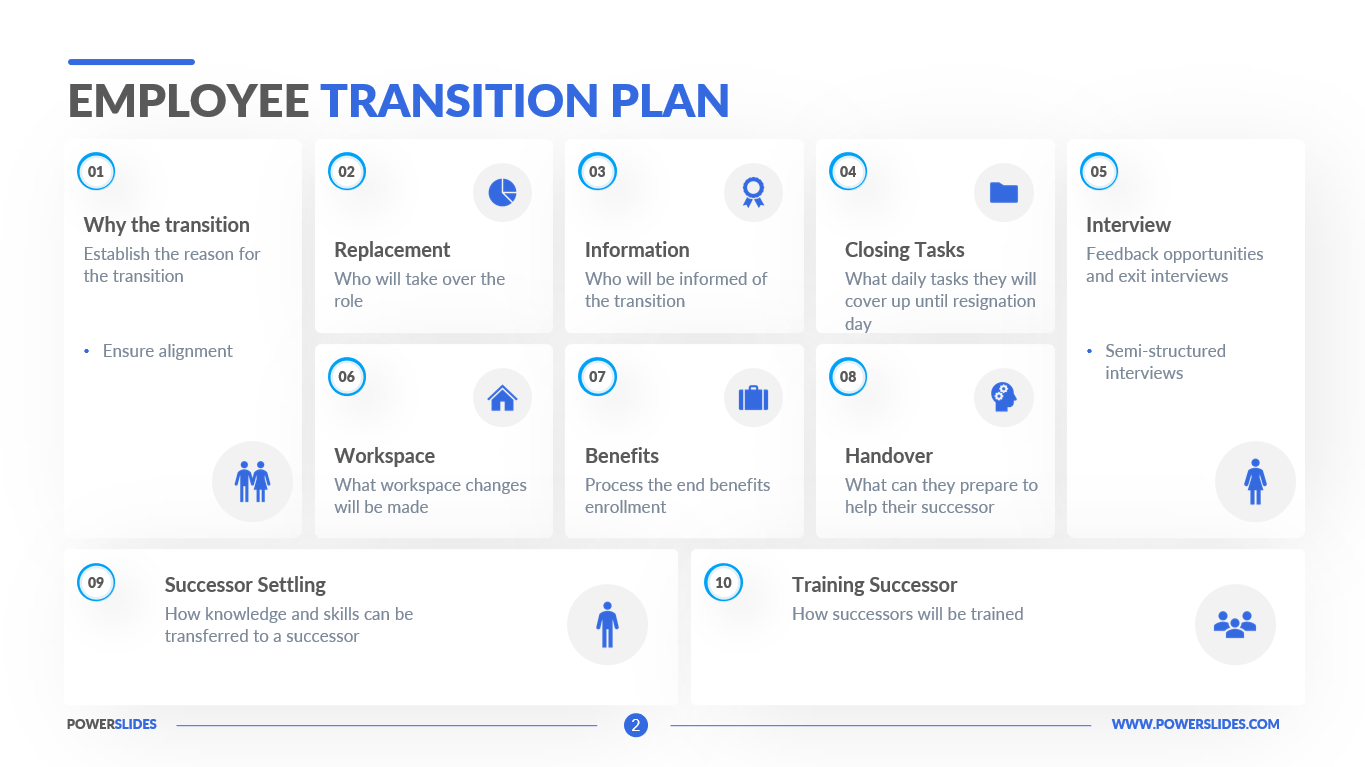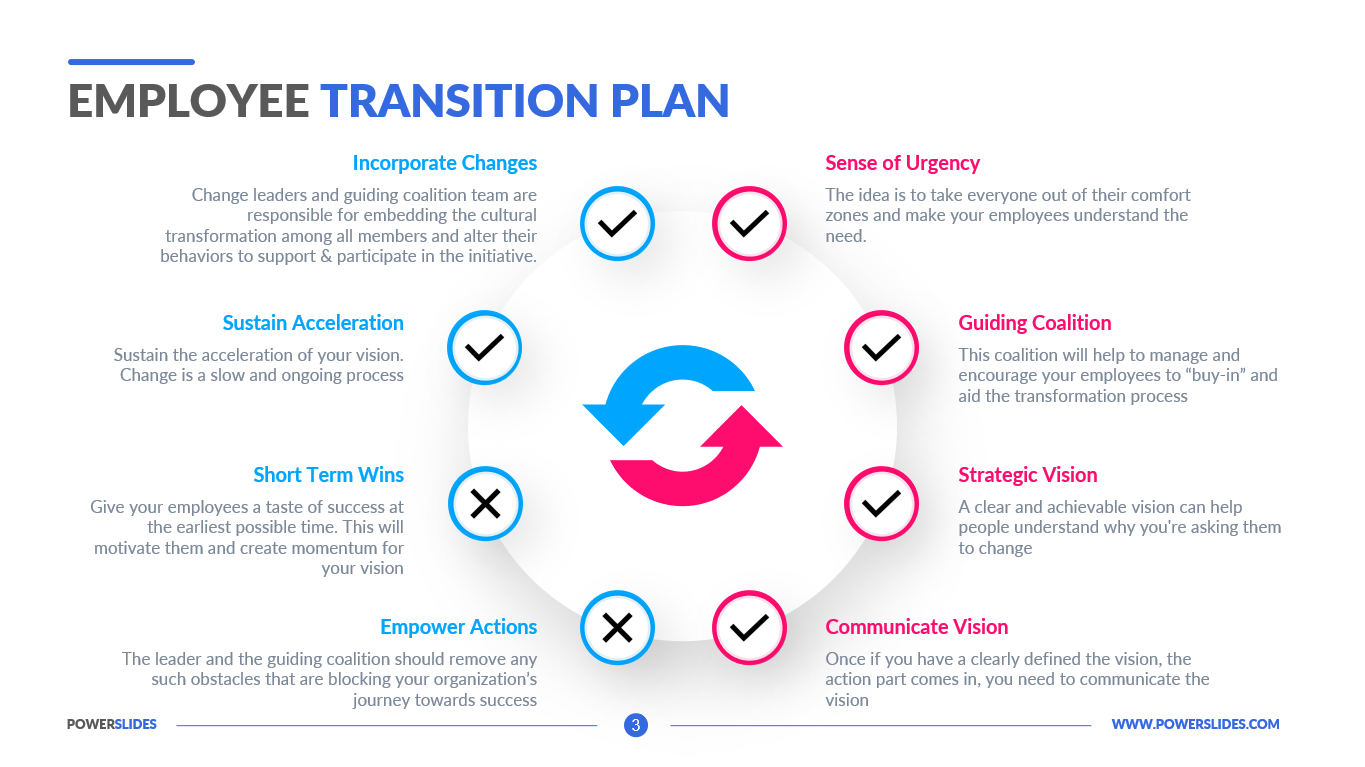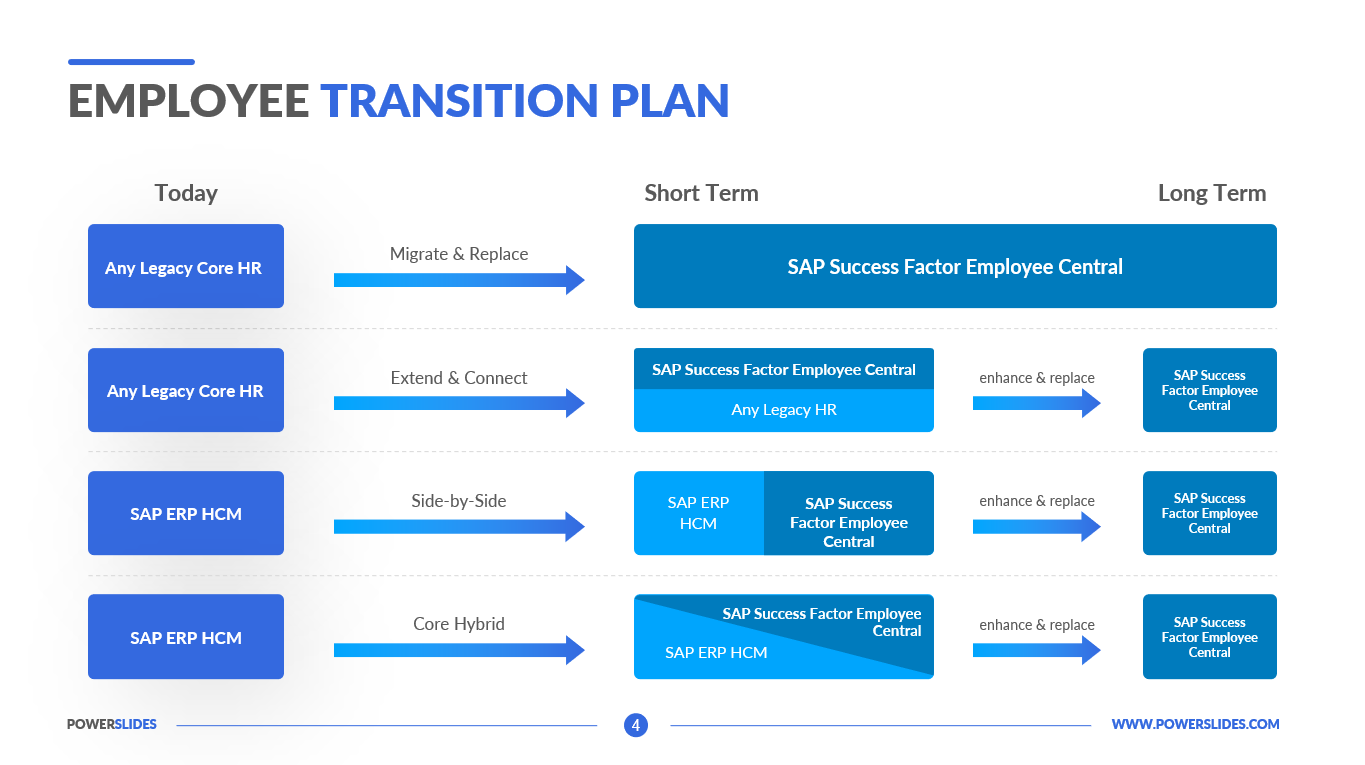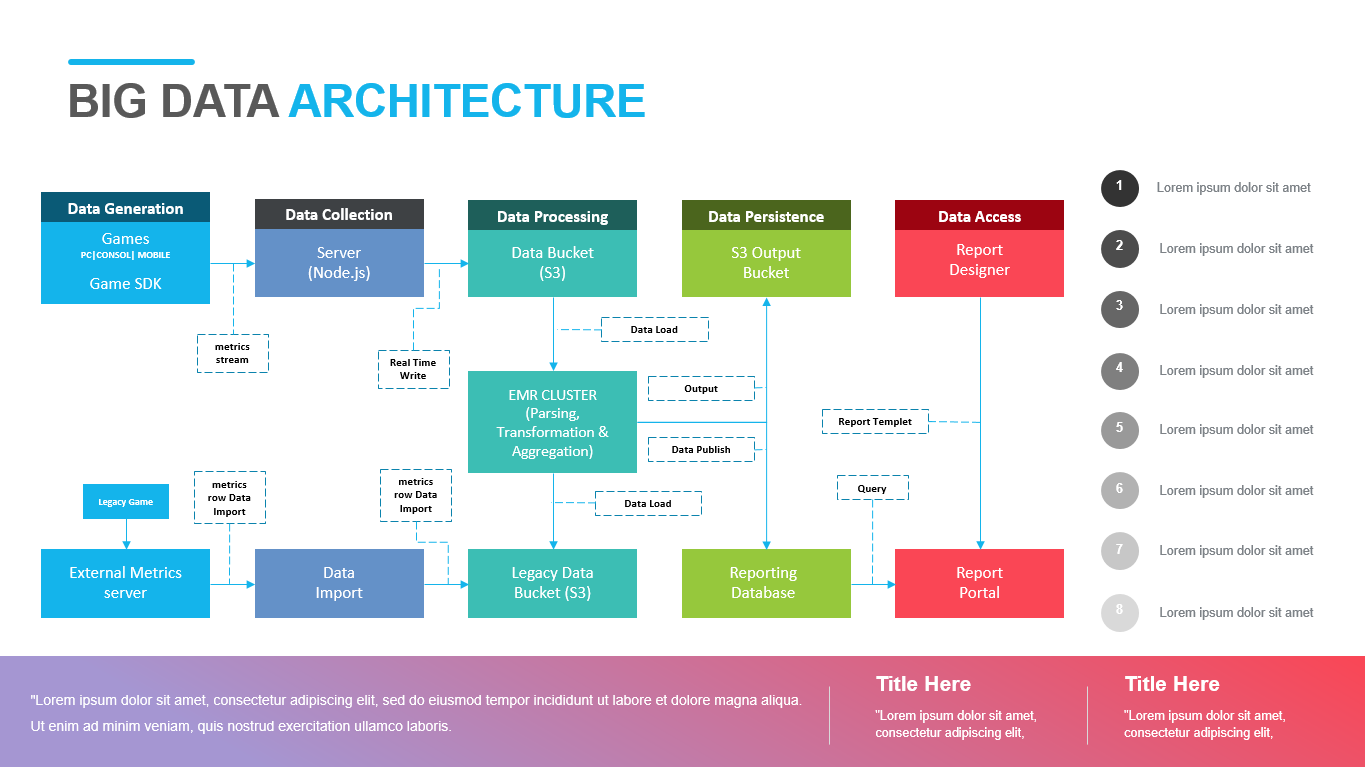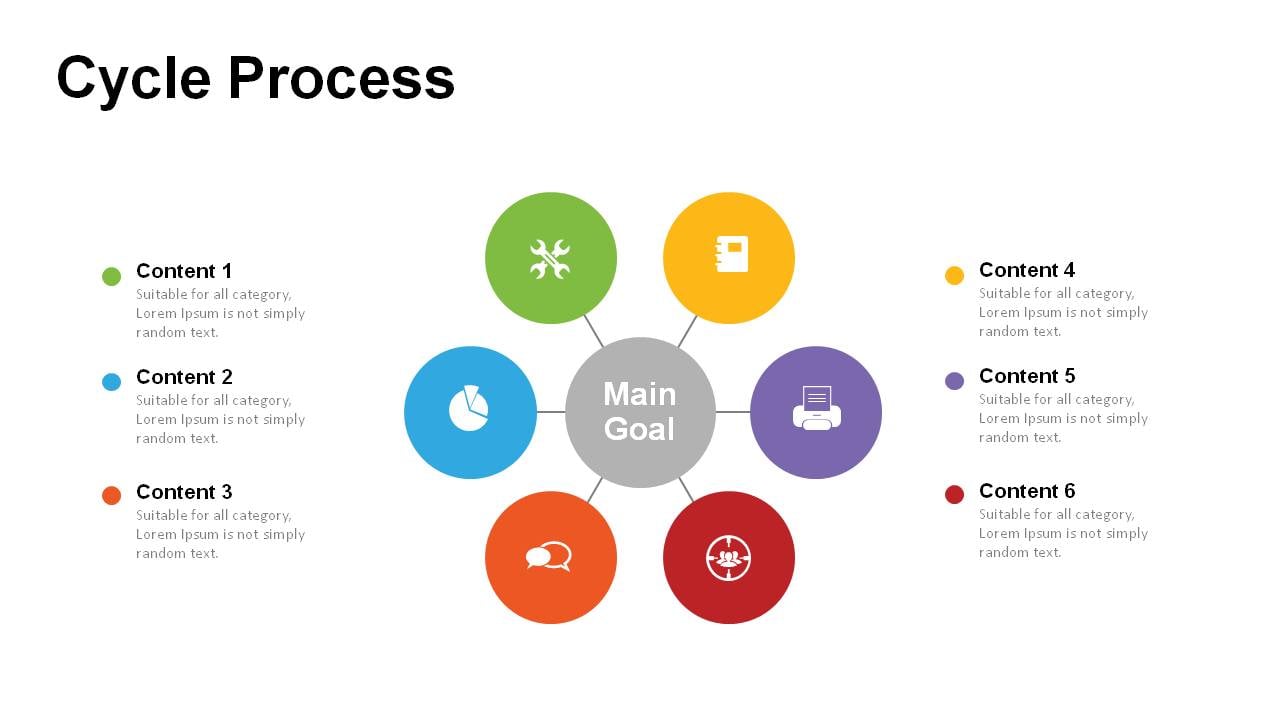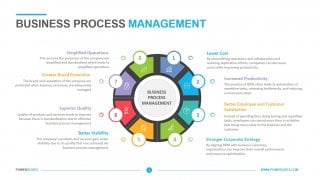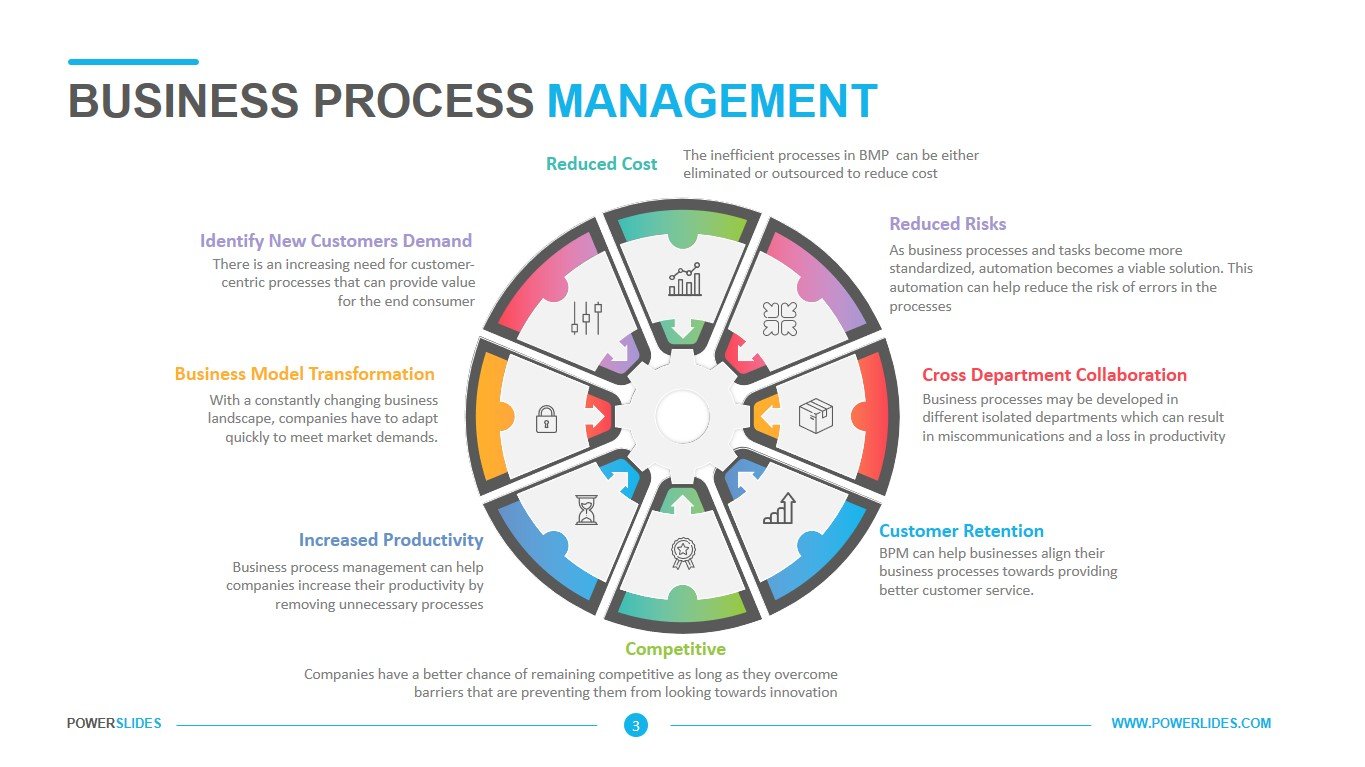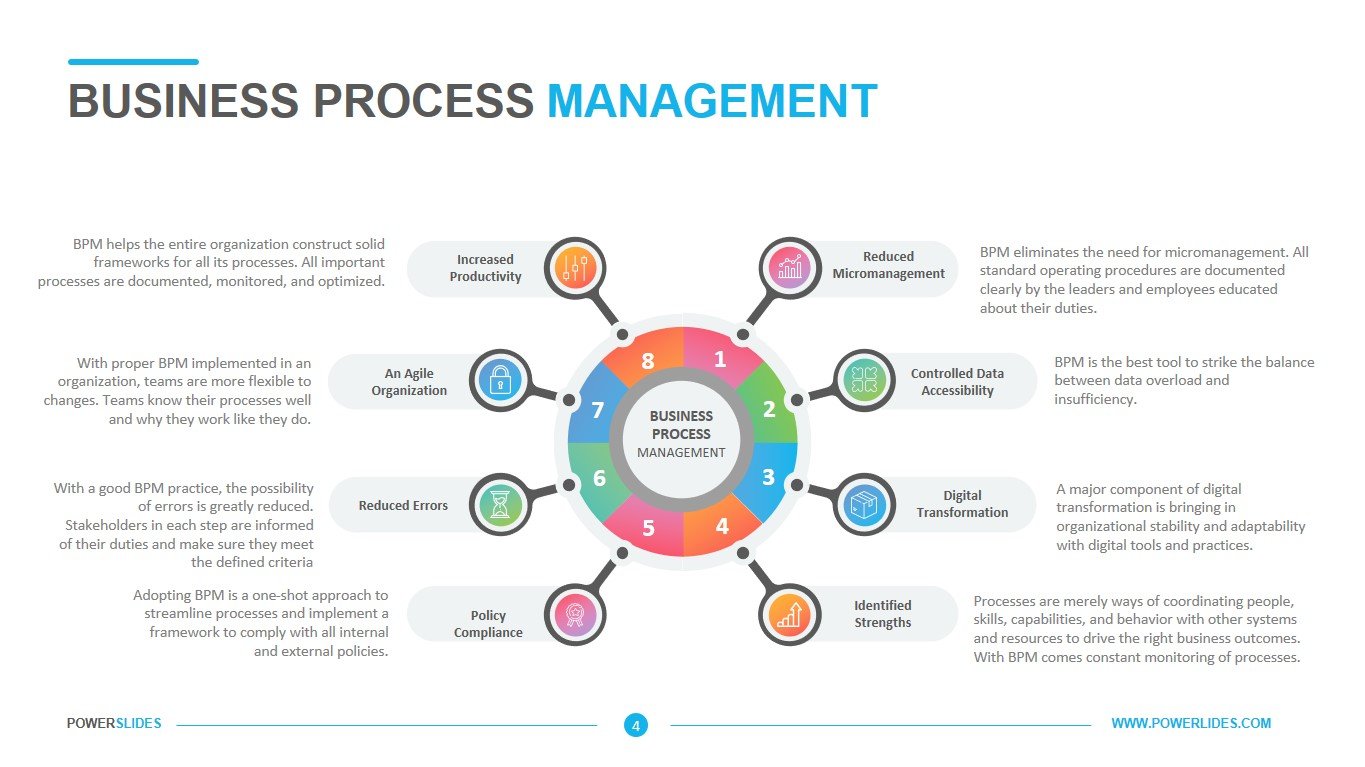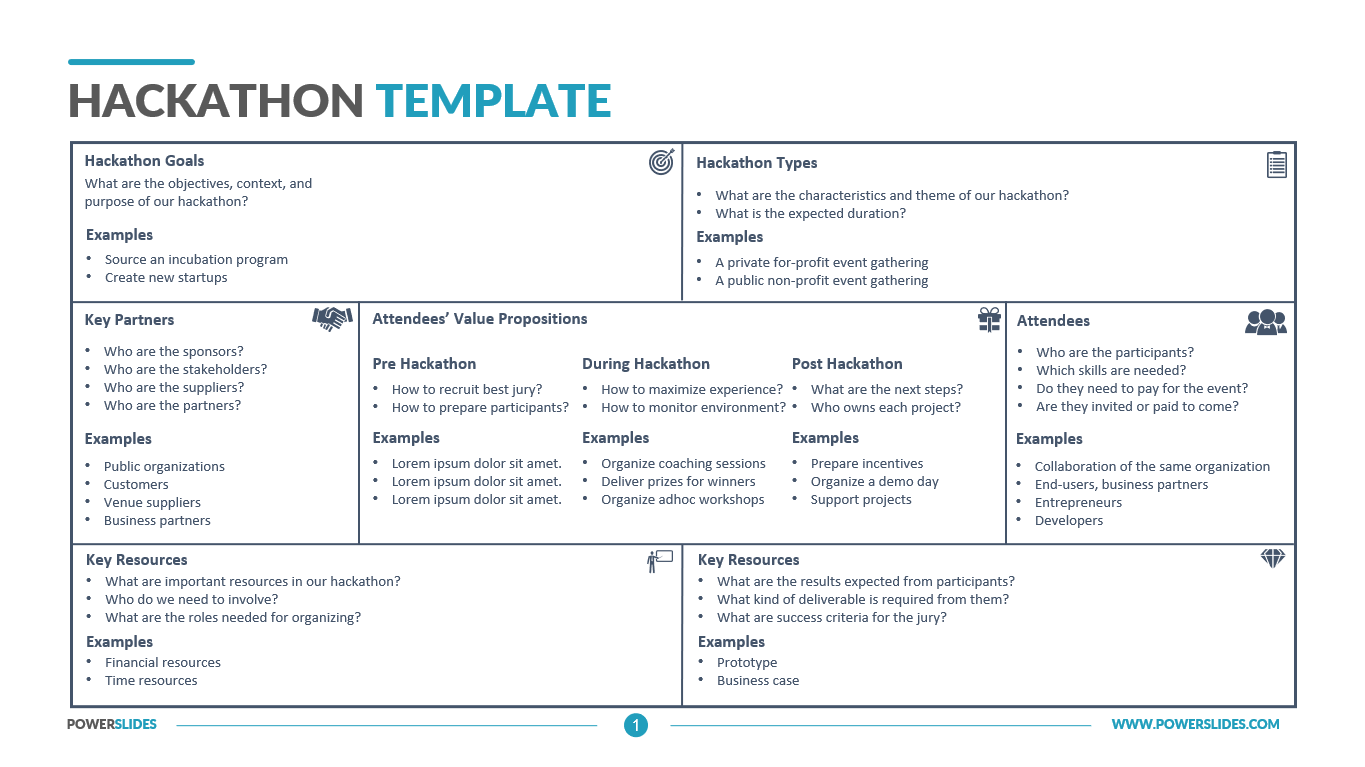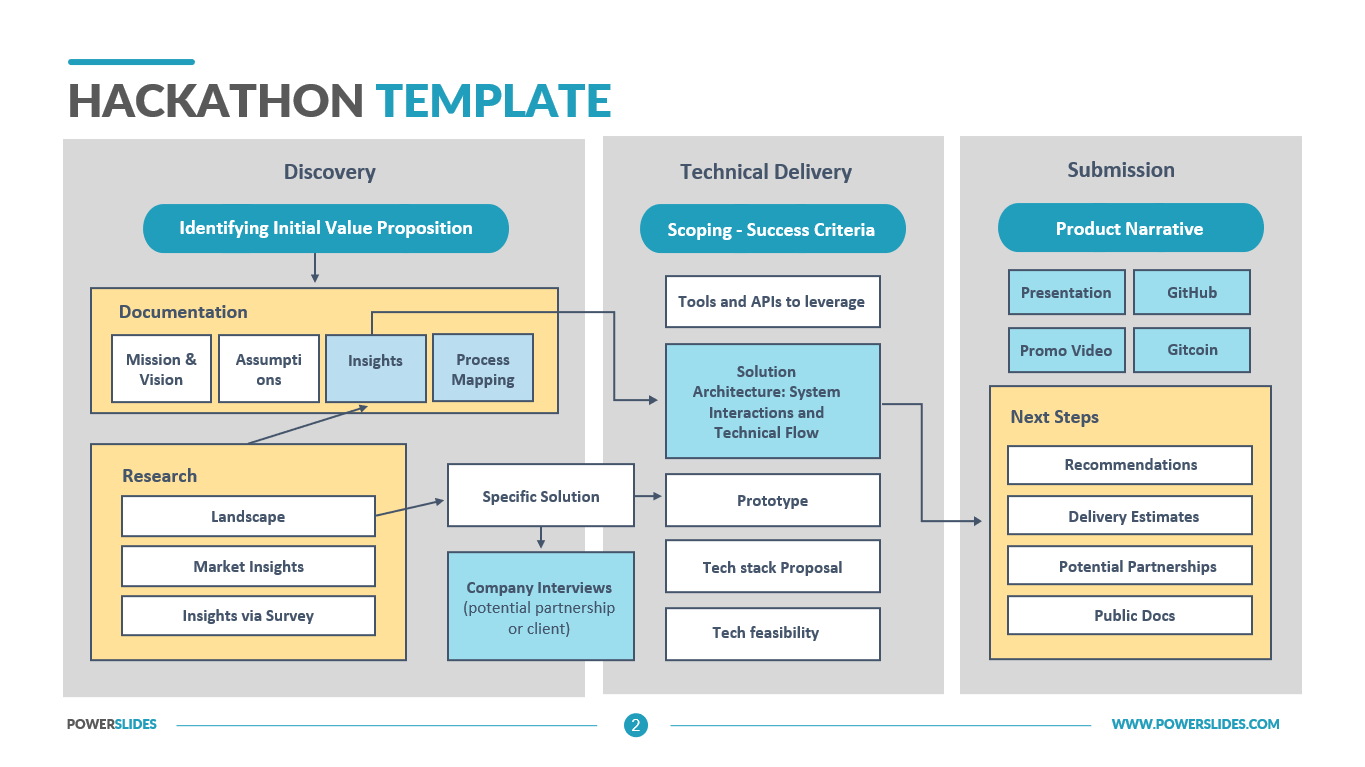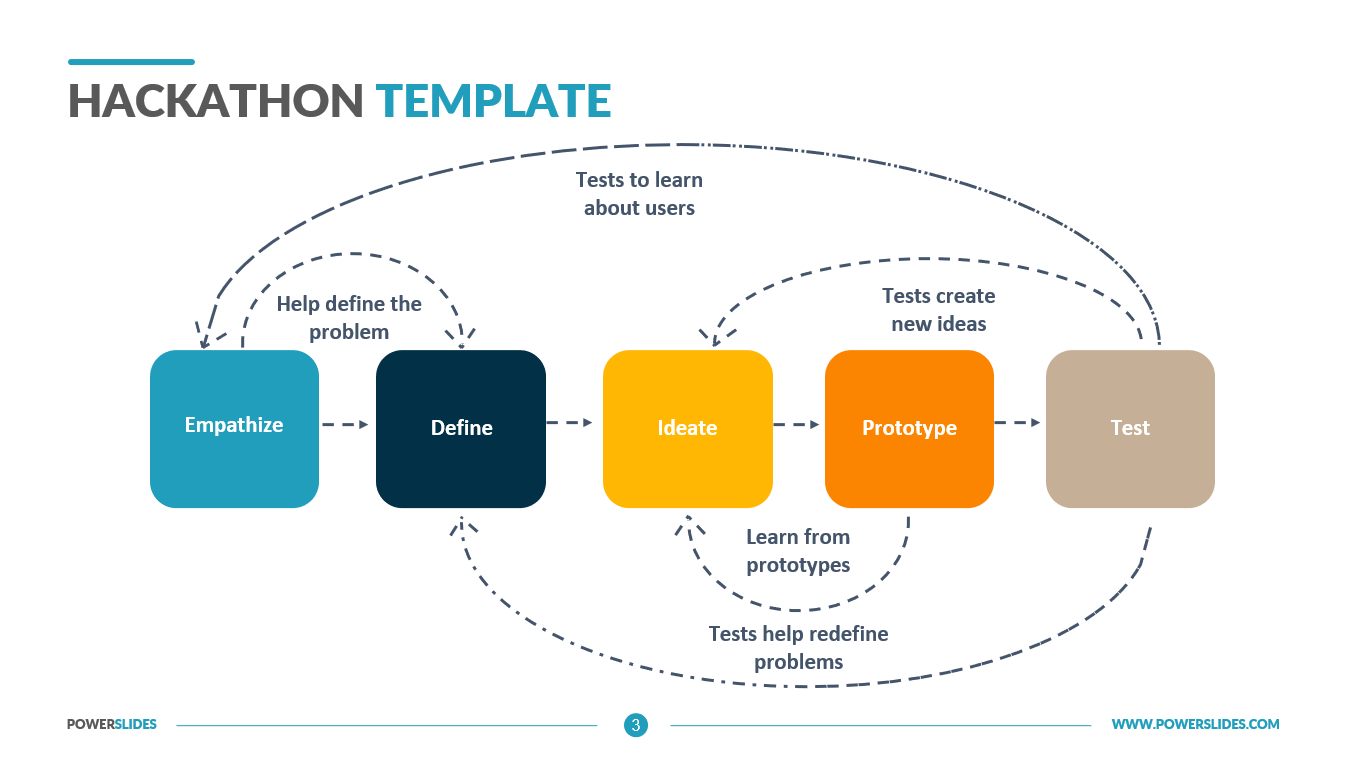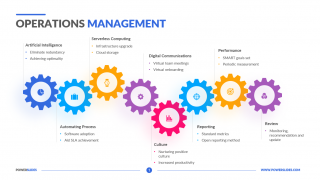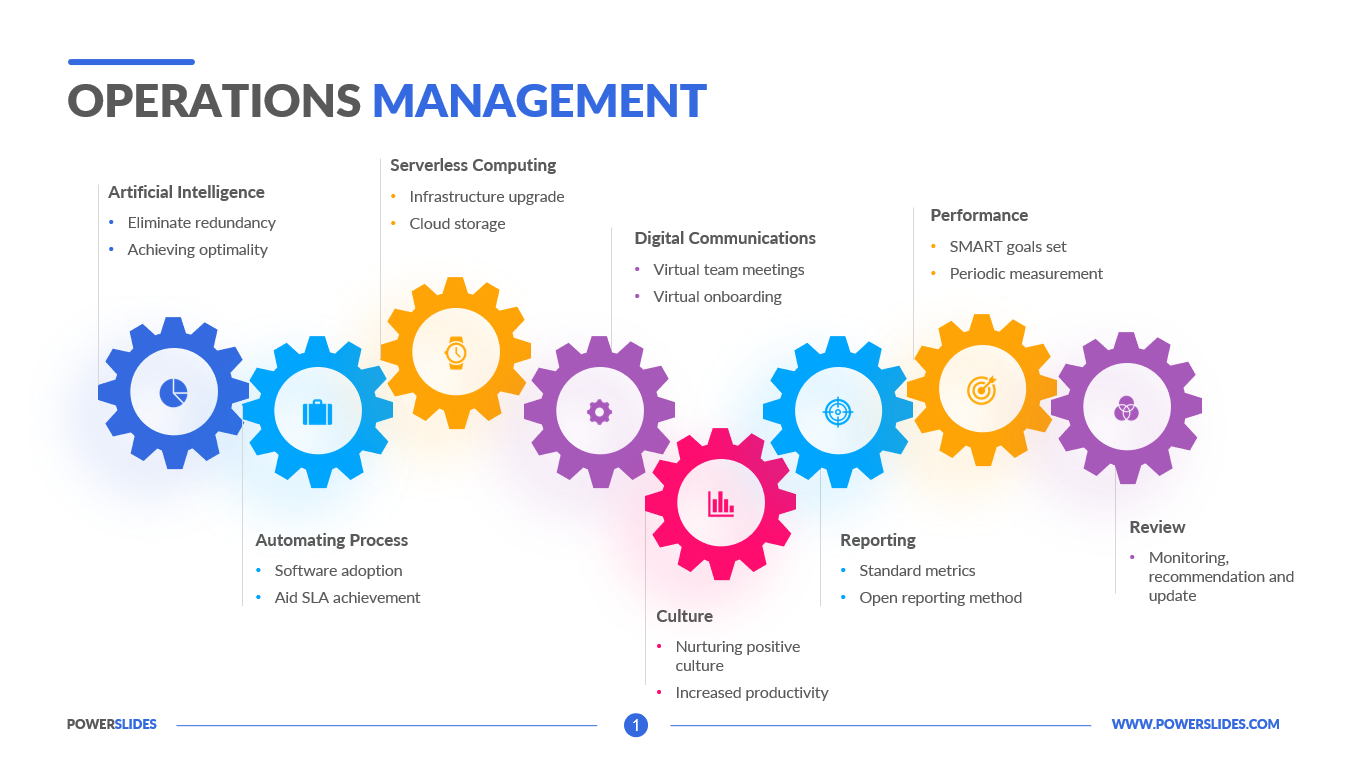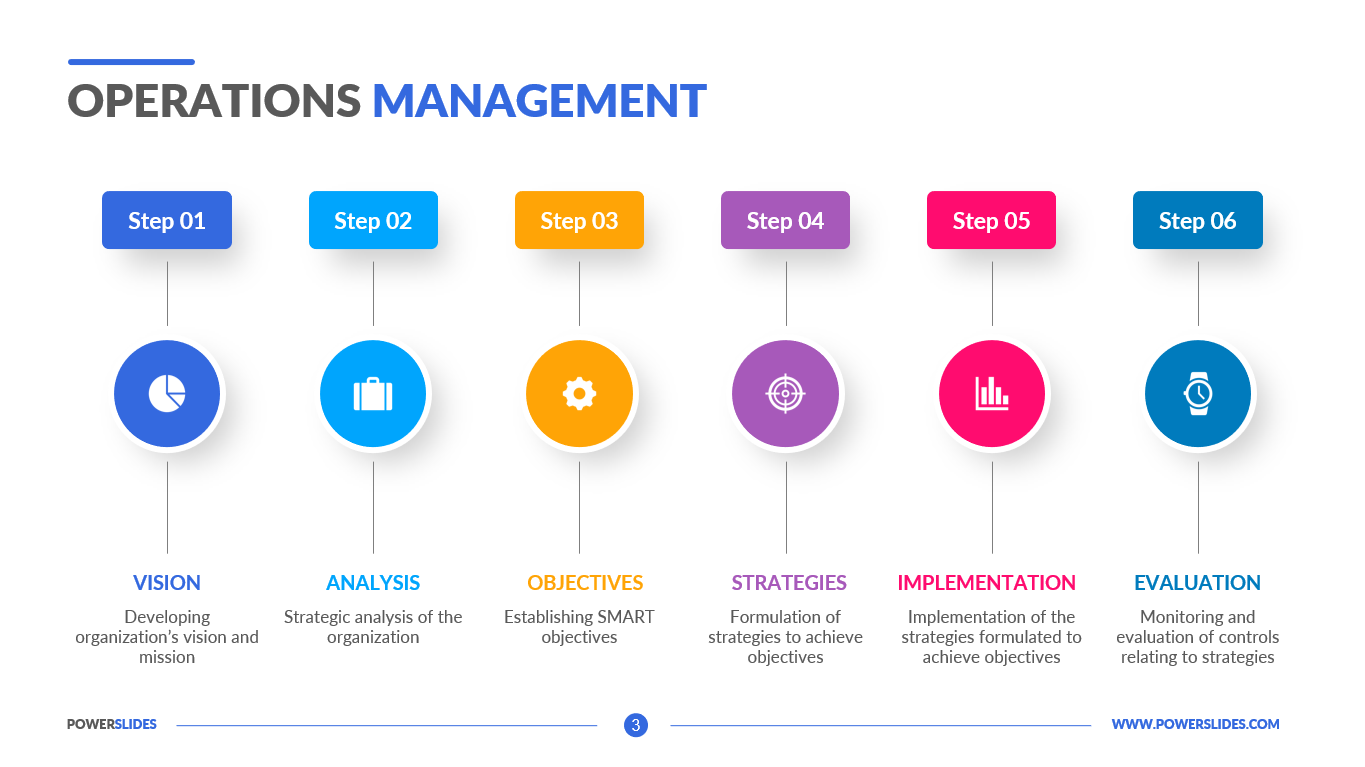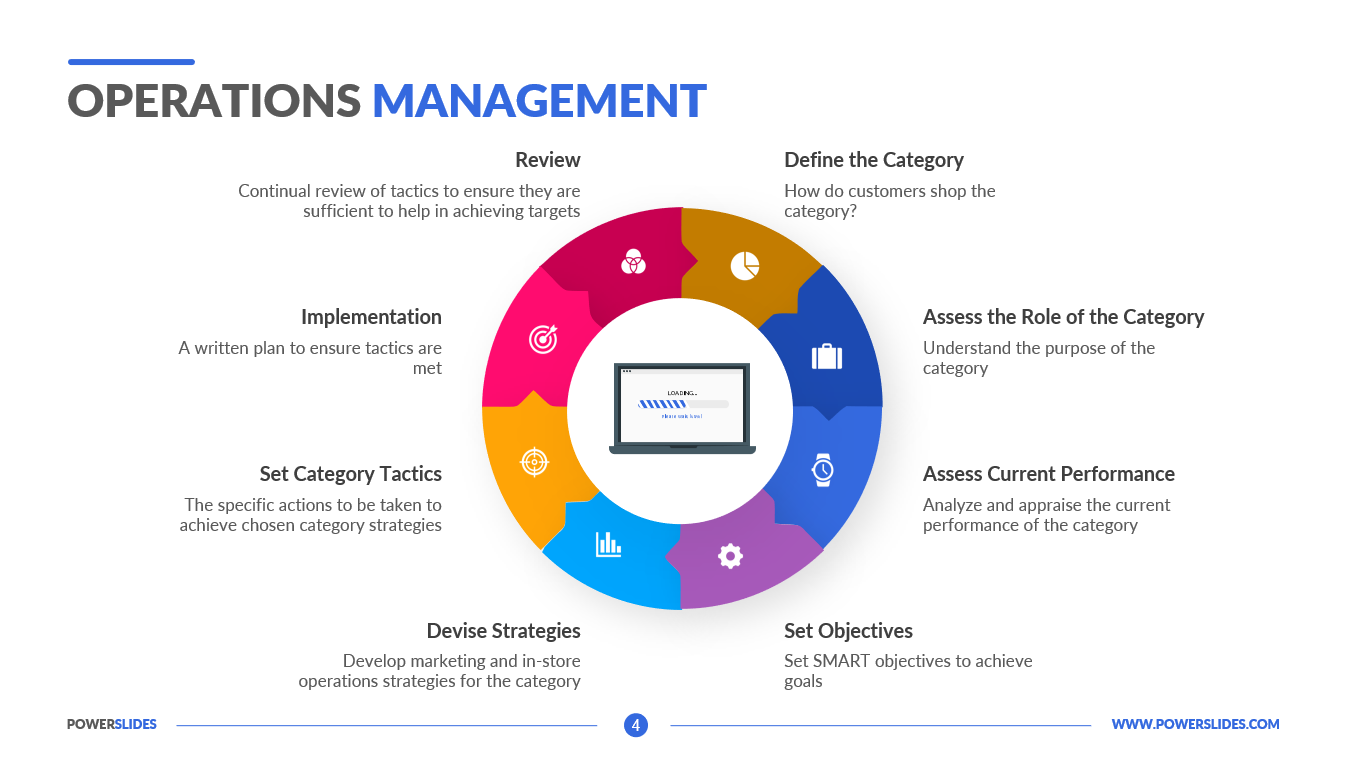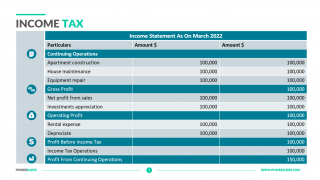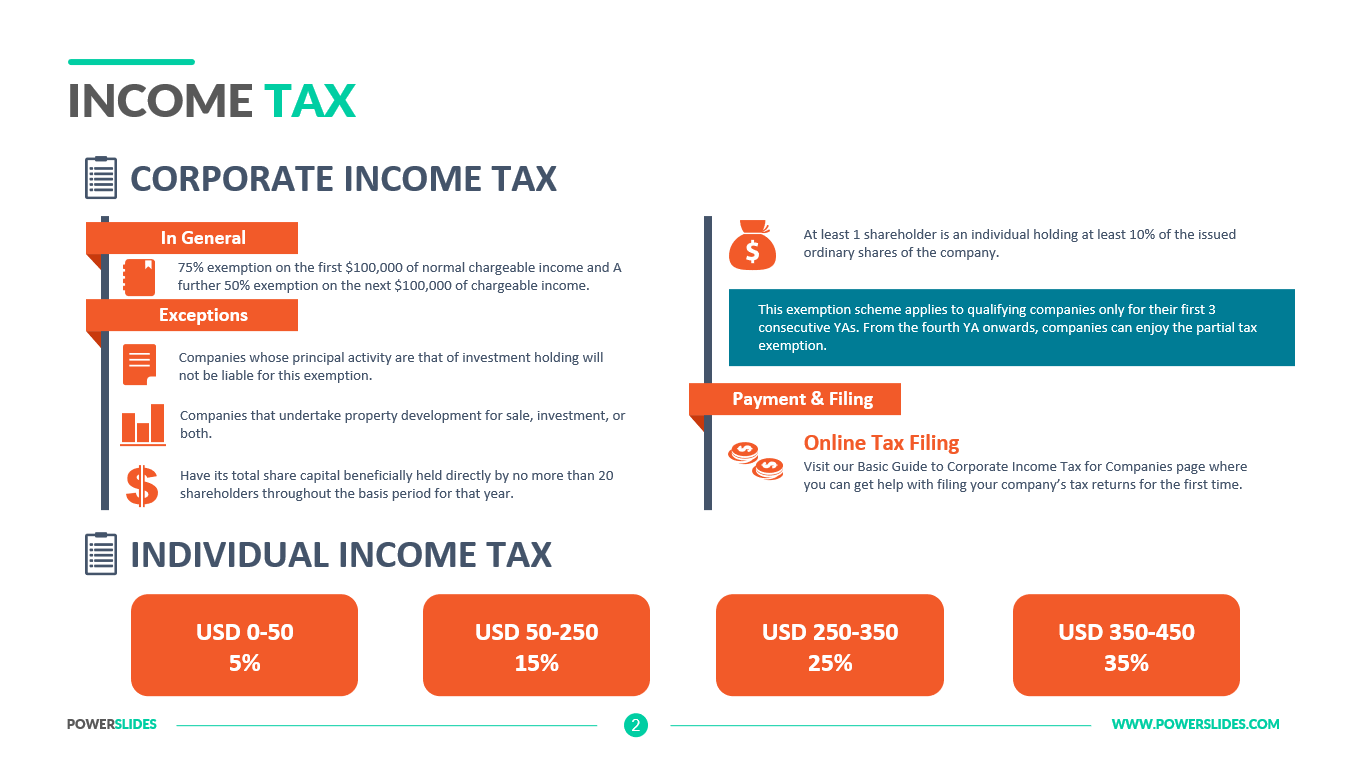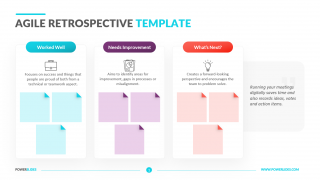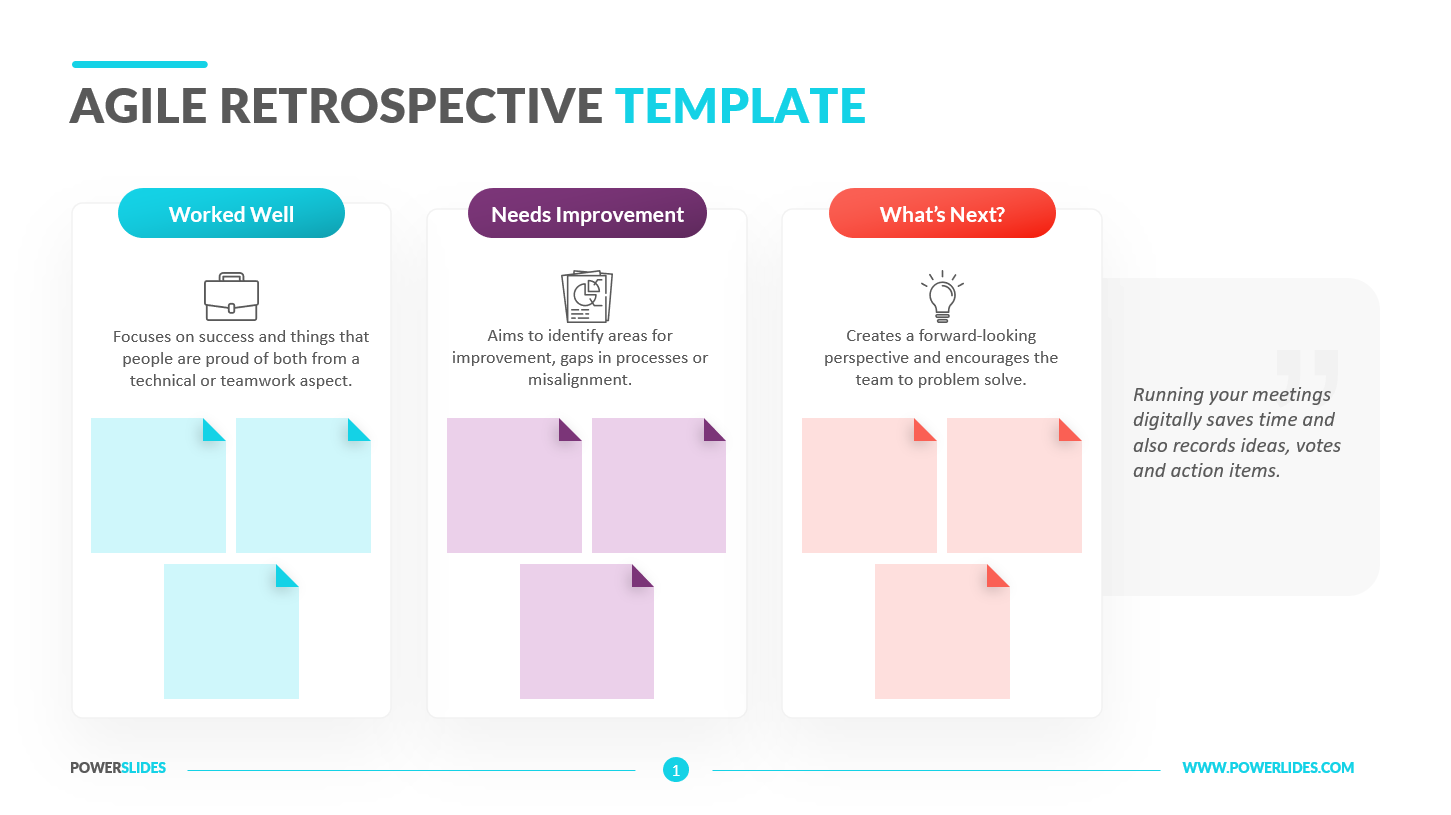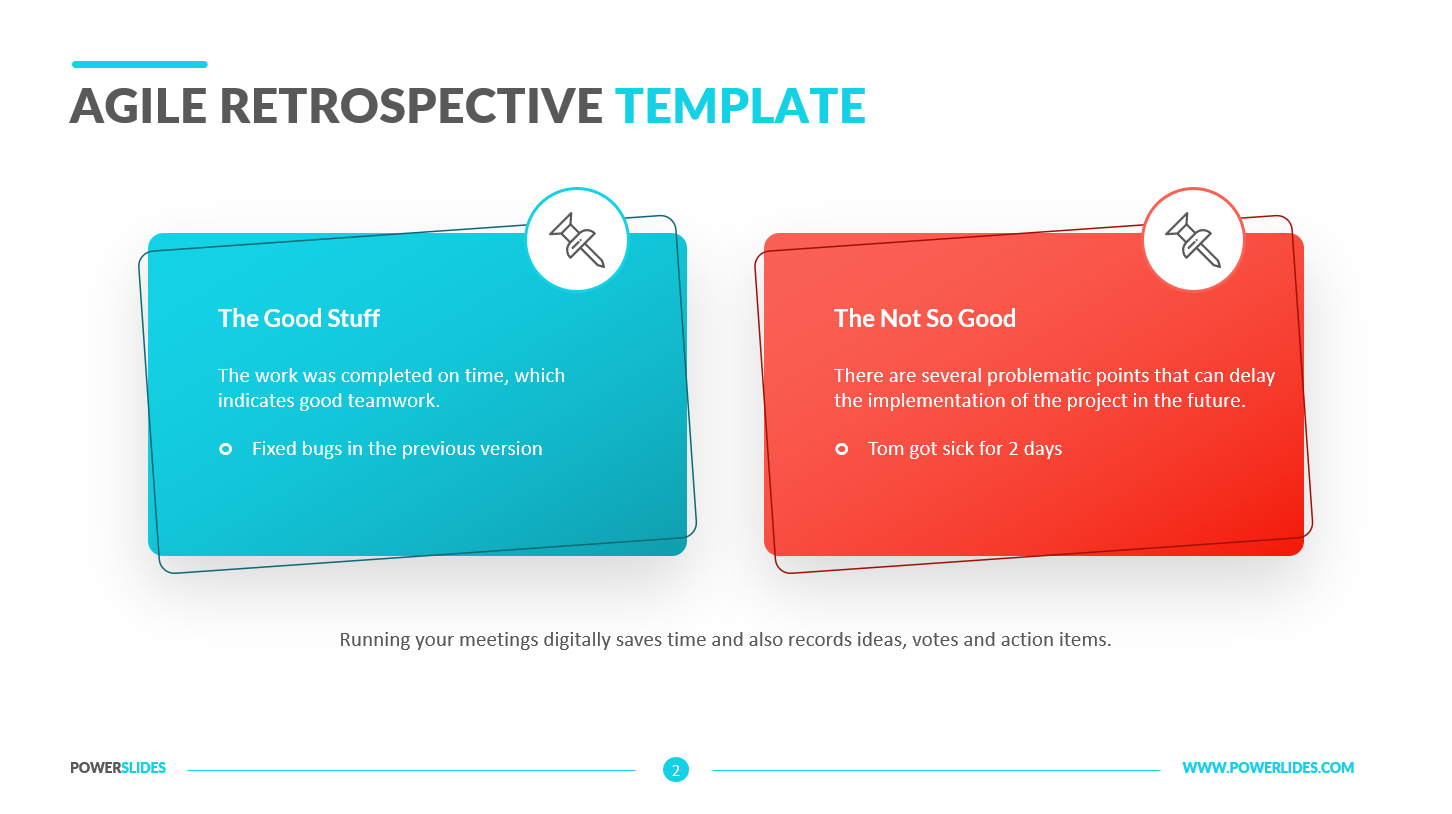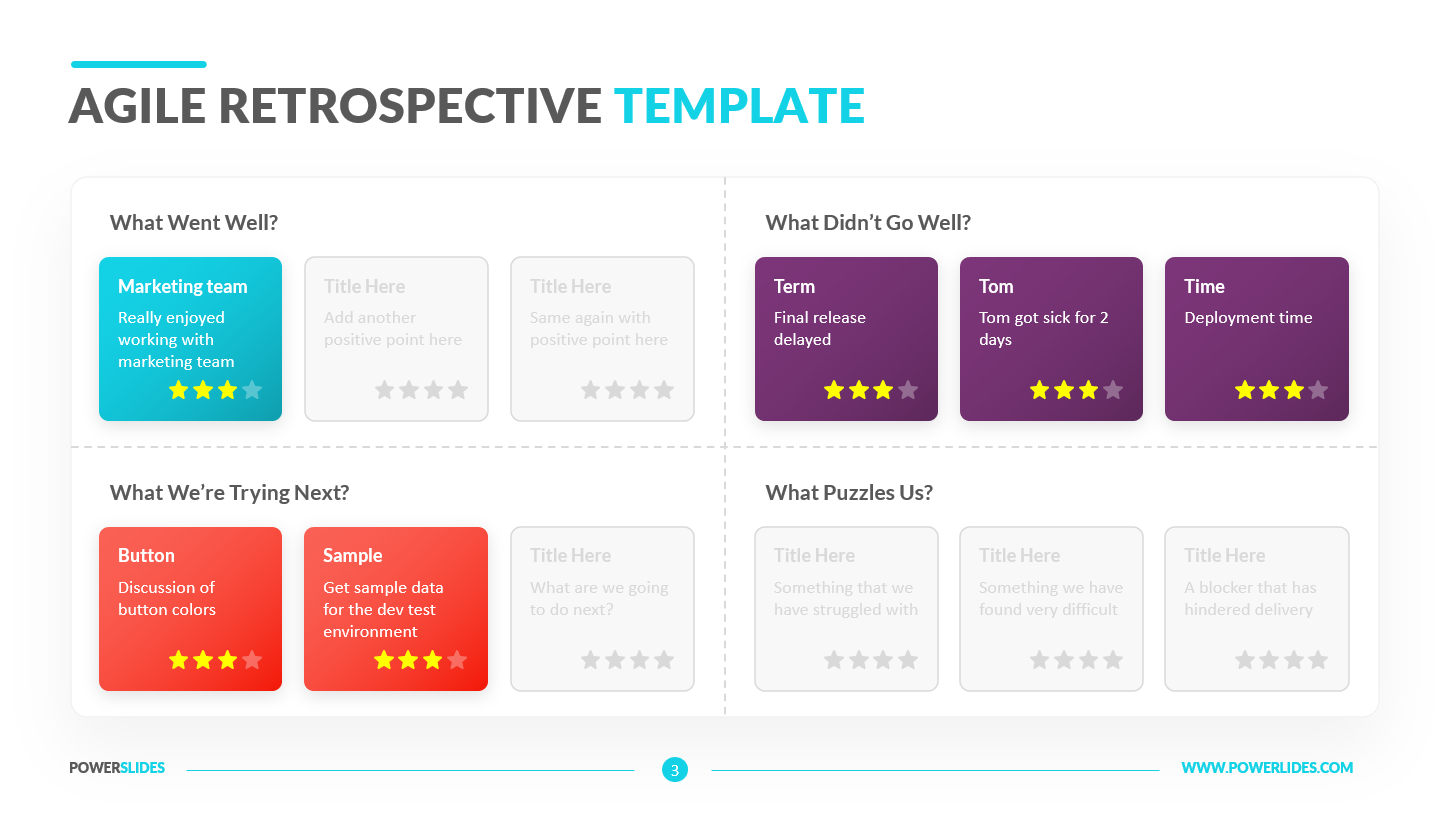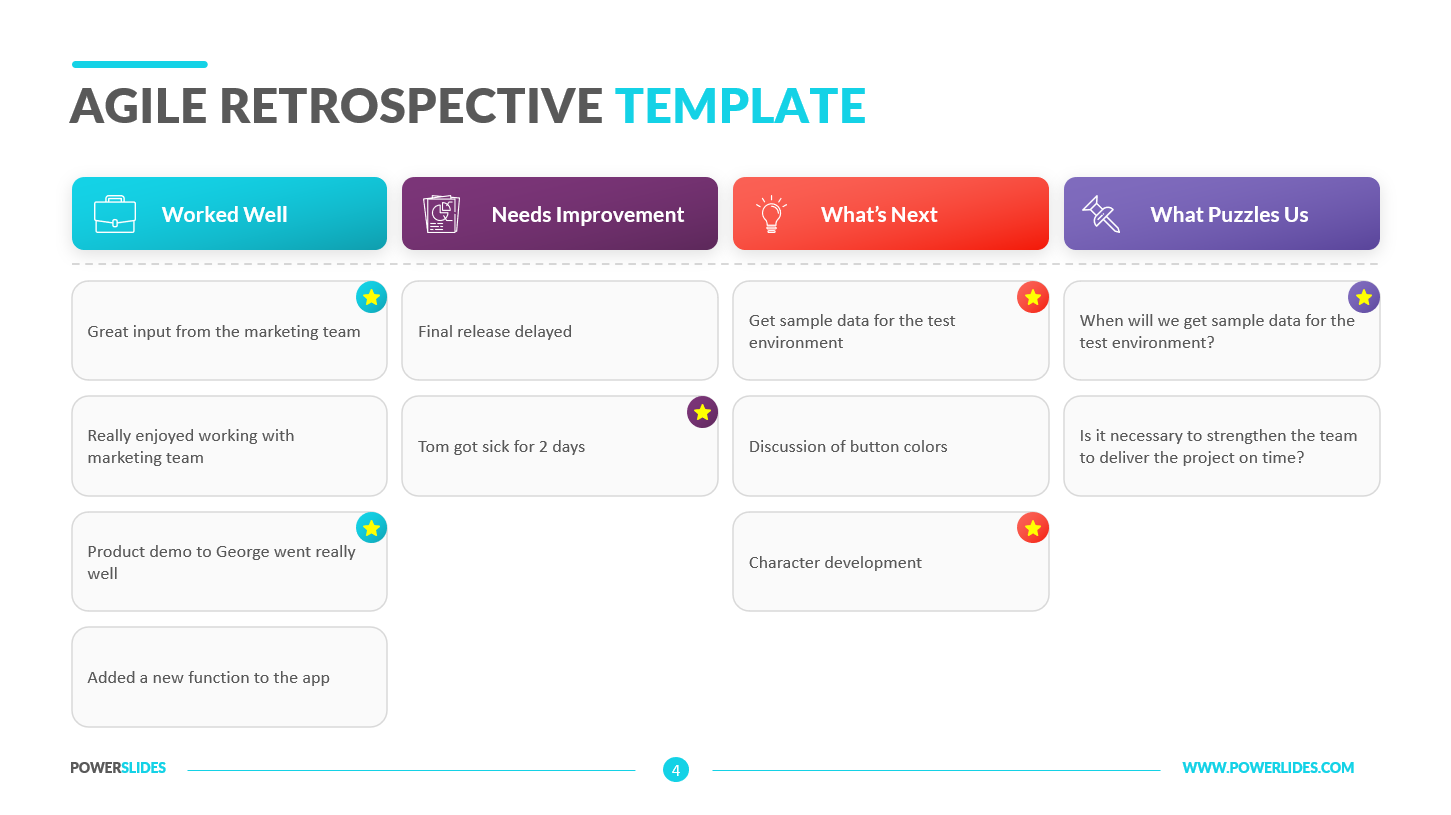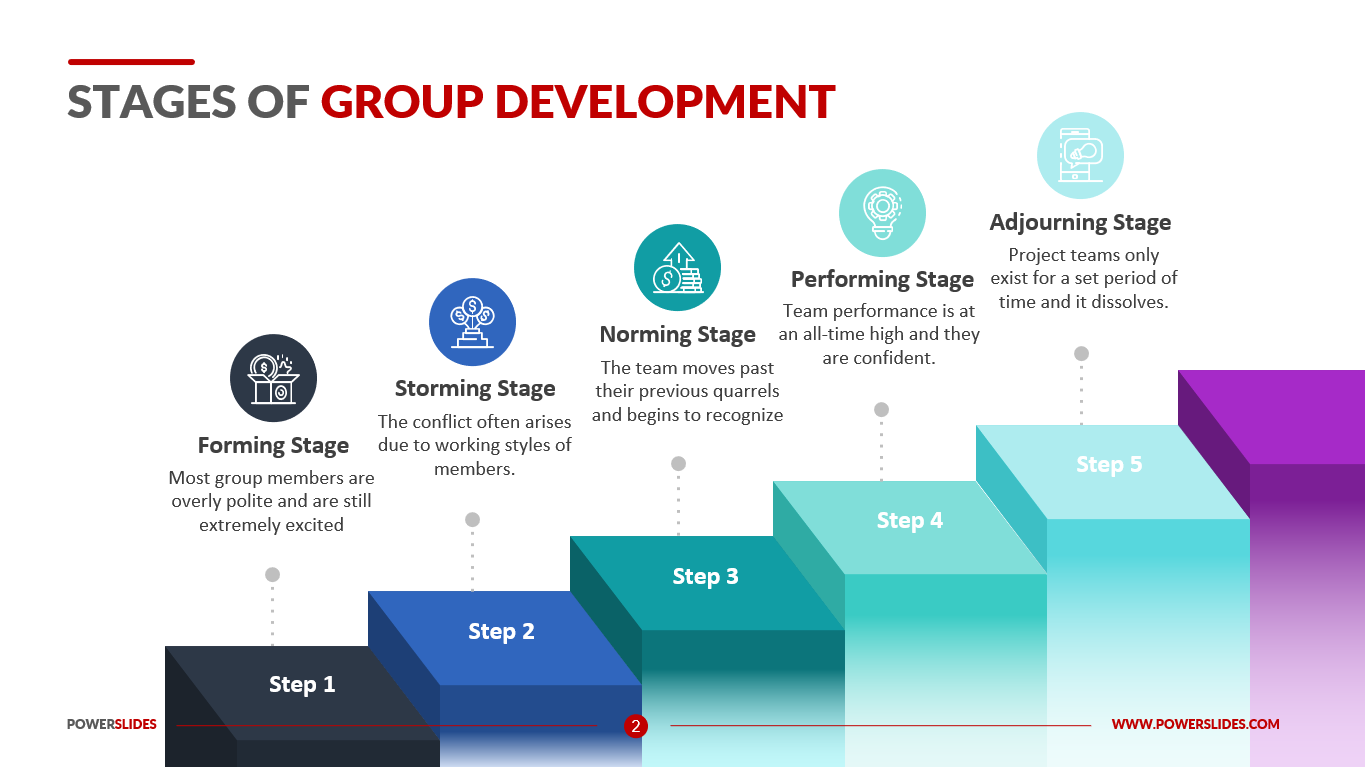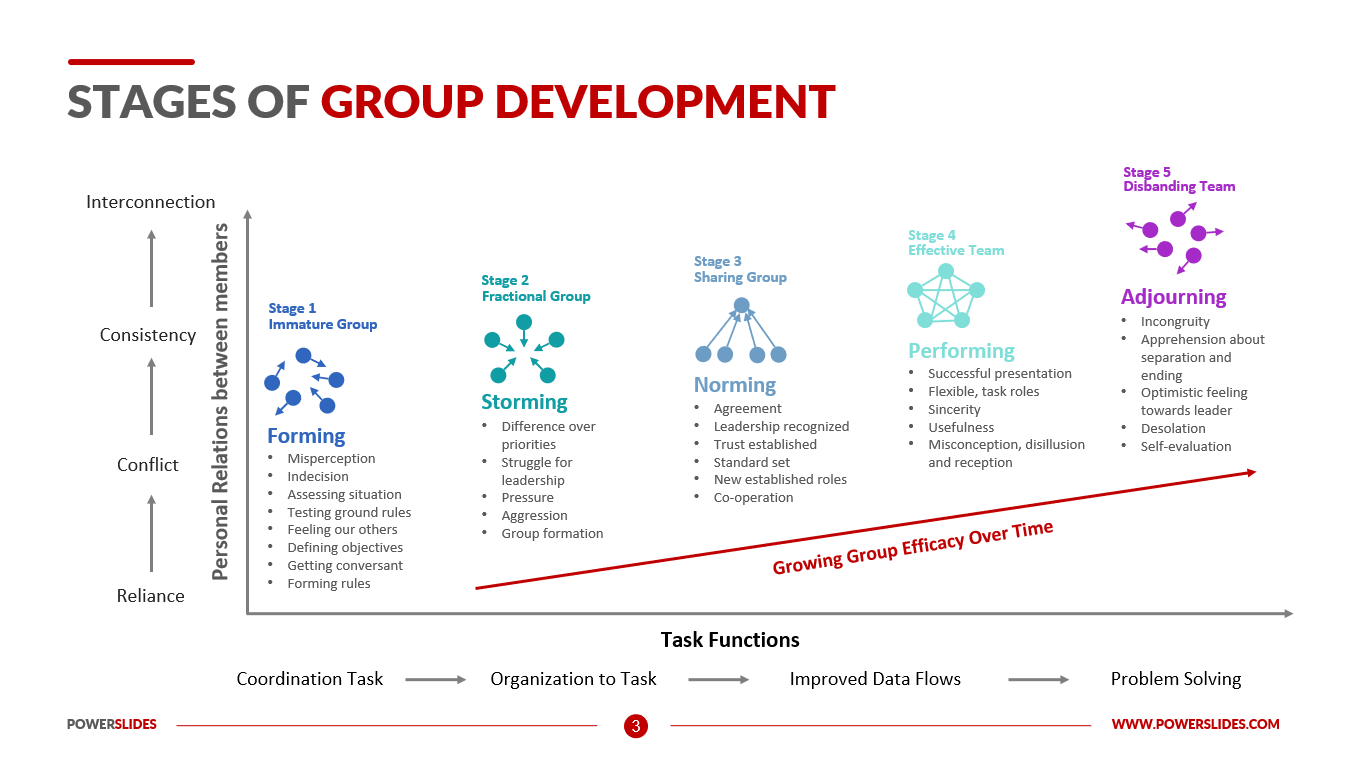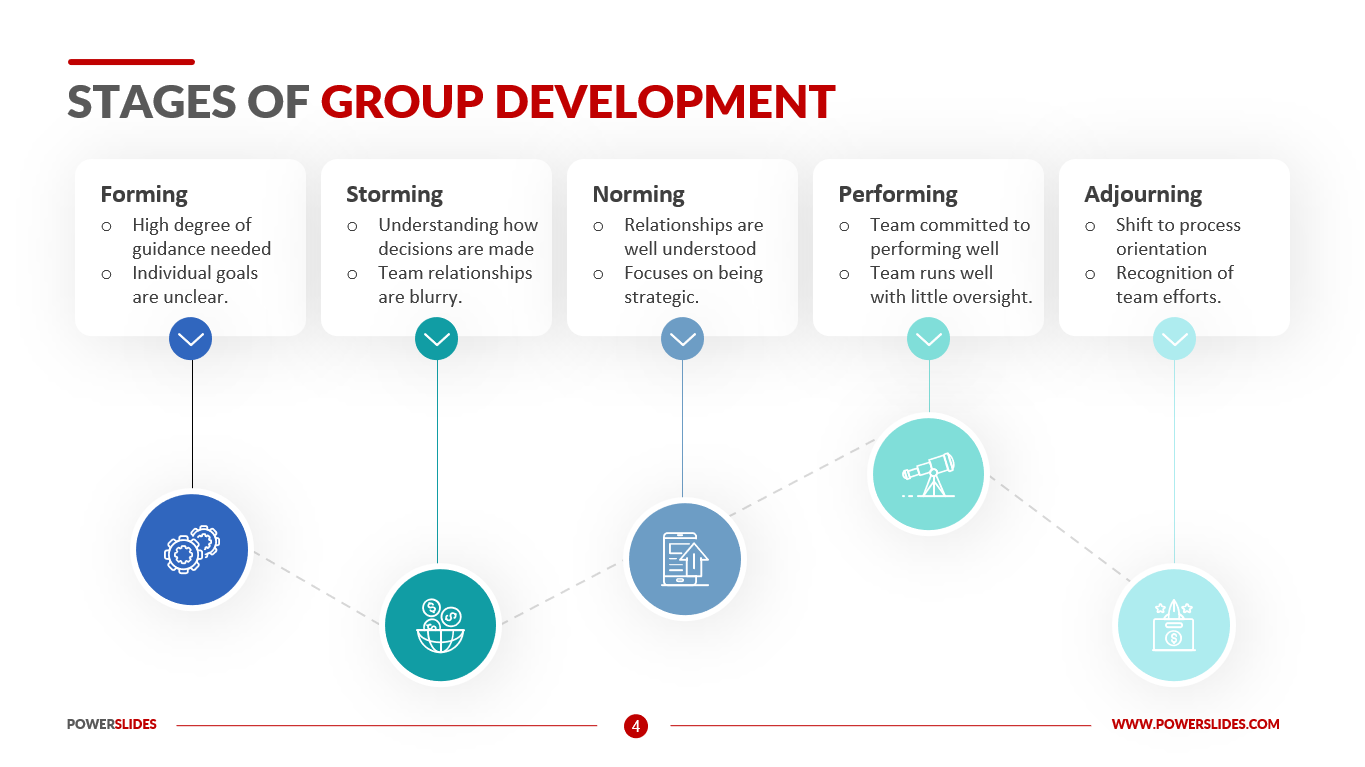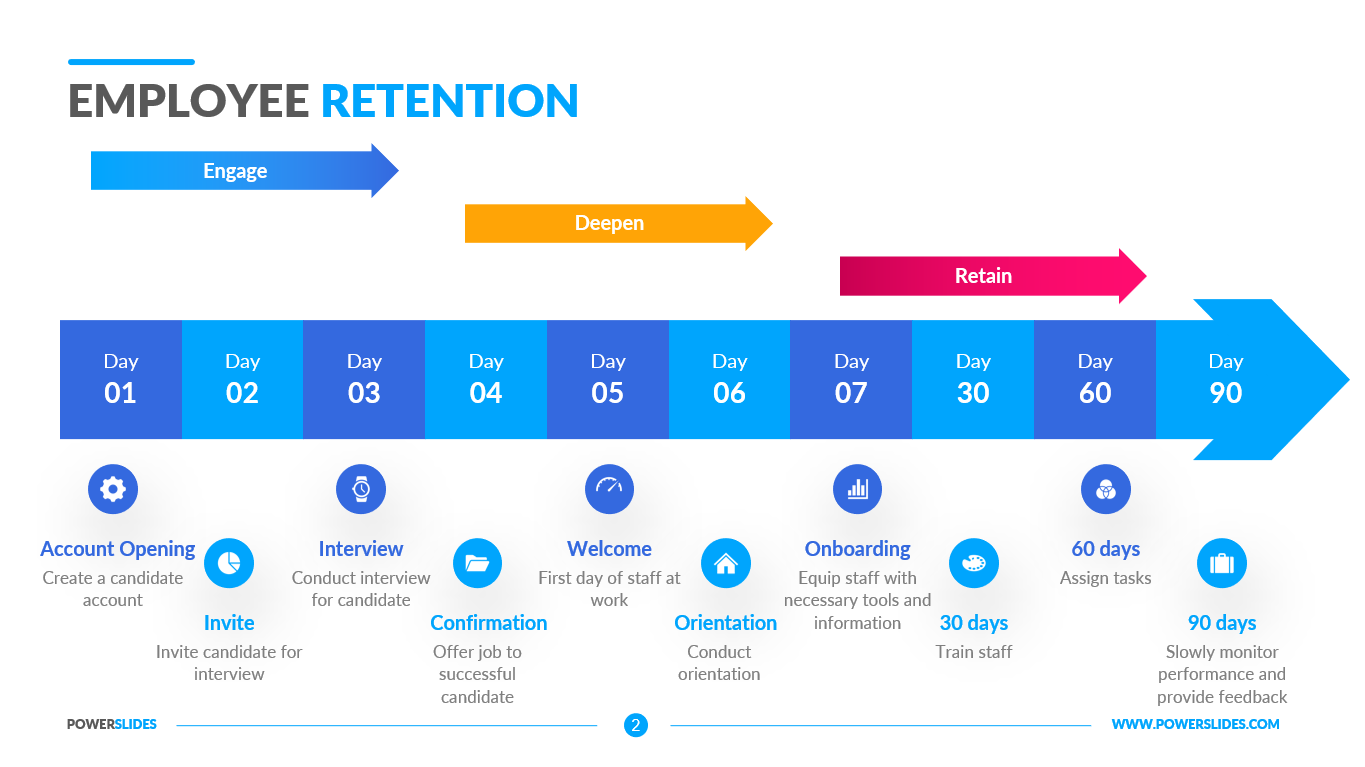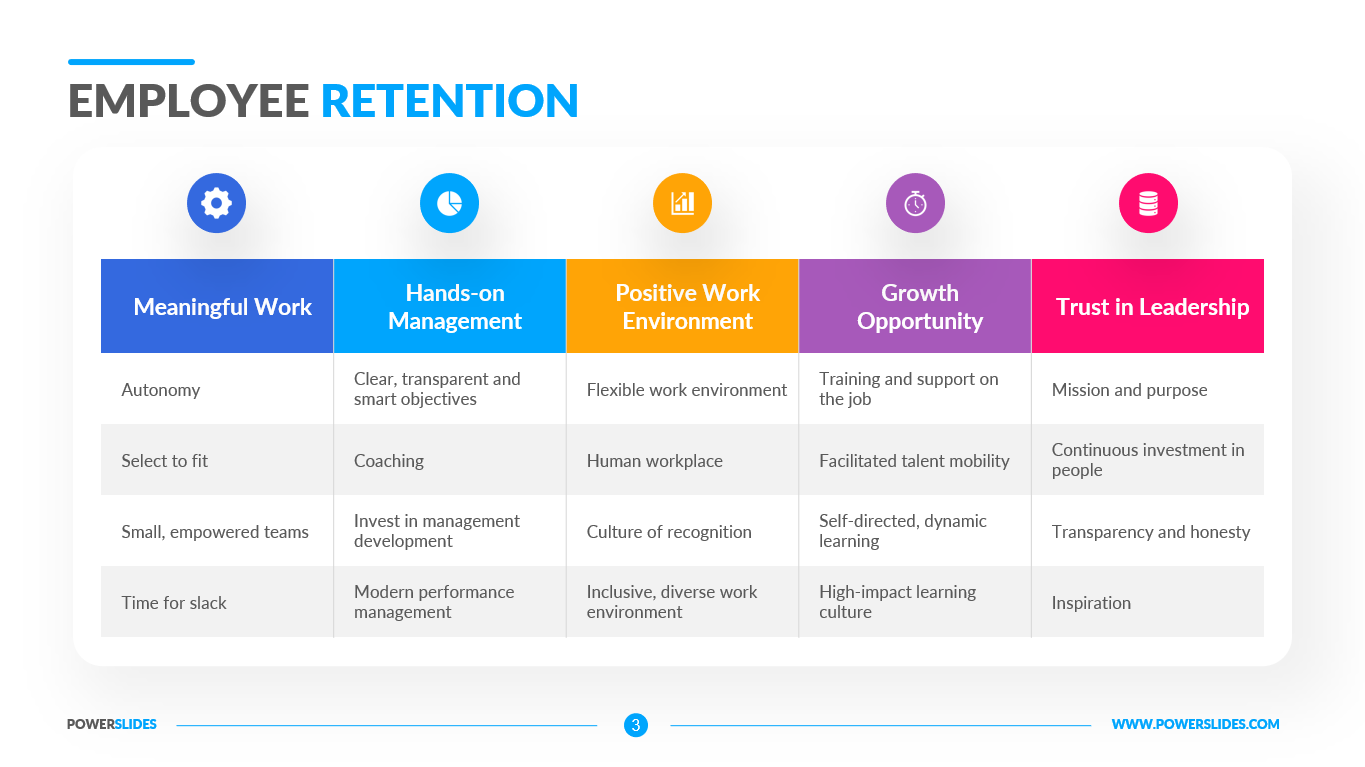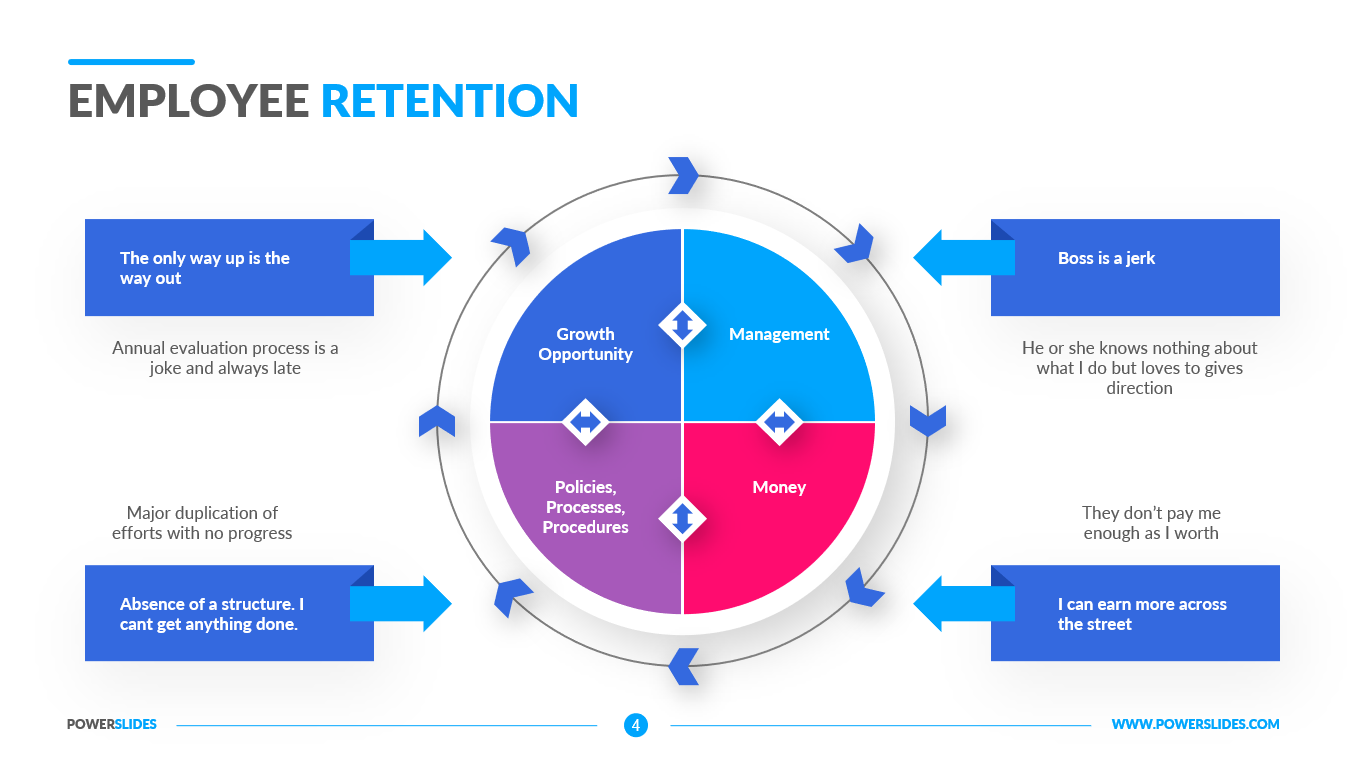Vertical vs Horizontal Integration
 4 Slides
4 Slides
 File size: 16:9
File size: 16:9 
 Fonts: Lato Black, Calibri
Fonts: Lato Black, Calibri
 Supported version
PPT 2010, PPT 2013, PPT 2016
Supported version
PPT 2010, PPT 2013, PPT 2016
Product details
Horizontal integration and vertical integration are competitive strategies that companies use to consolidate their position among competitors. Horizontal integration is the acquisition of a related business. A company that opts for horizontal integration will take over another company that operates at the same level of the value chain in an industry. Vertical integration refers to the process of acquiring business operations within the same production vertical. A company that opts for vertical integration takes complete control over one or more stages in the production or distribution of a product.
While horizontal integration and vertical integration are both ways that companies grow, there are important differences between the two strategies. Vertical integration occurs when a business owns all parts of the industrial process while horizontal integration occurs when a business grows by purchasing its competitors.
When a company wishes to grow through horizontal integration, its primary goal is to acquire a similar company in the same industry. Other goals include increasing in size, creating economies of scale, increasing market power over distributors and suppliers, increasing product or service differentiation, expanding the company’s market or entering a new market, and reducing competition.
For example, if a department store wants to enter a new market, it may choose to merge with a similar one in another country to start operations overseas. The goal of doing so would be to create more revenue after the merger. Ideally, the company would make more money than when they were two independent companies.
A company that undergoes vertical integration acquires a company operating in the production process of the same industry. Some of the reasons why a company may choose to integrate vertically include strengthening its supply chain, reducing production costs, capturing upstream or downstream profits, or accessing new distribution channels. To accomplish this, one company acquires another that is either before or after it in the supply chain process.
Horizontal integration can greatly benefit companies. It is important because it can grow the company in size, increase product differentiation, achieve economies of scale, reduce competition, or help the company access new markets.
This template will be useful for business leaders when preparing a company expansion strategy. You can also use the slides in this template to prepare your analysis for a merger or acquisition.
Corporations can also use the slides in this template to prepare an analysis of the readiness of various companies to sell their business. You can also use the slides in this template to prepare a report on potential acquisitions from other businesses. Startups can also use this template when preparing to meet with potential investors.
Vertical VS Horizontal Integration is a professional and modern template that contains stylish and fully editable slides. You can independently change the type and size of the font, color and position of the infographic. This template will be useful for startups, company executives, investment companies. Vertical VS Horizontal Integration template will complement your old presentations and will be a worthy addition to your collection of professional presentations.







